Mosul Airport Reopens, Marking a New Chapter for a City Shaped by Conflict
Mosul International Airport has officially reopened following a major reconstruction project led by the Iraqi government, which sees the facility as strategic infrastructure for the economic recovery and connectivity of Nineveh province. The project included modernized facilities, an extended runway, and new air traffic technology.
Mosul International Airport, in northern Iraq, was reopened this Wednesday following an extensive reconstruction process that provided the facility with new infrastructure and modern aviation technology. The project is considered strategic by the Iraqi government to drive the economic development of Nineveh province.
Prime Minister Mohammed S. Al-Sudani presided over the reopening ceremony, joined by the Ministers of Defense, Transportation, and Culture, along with local authorities and members of parliament. During a tour of the upgraded facilities, Al-Sudani praised the progress of the works and the involvement of the local government.
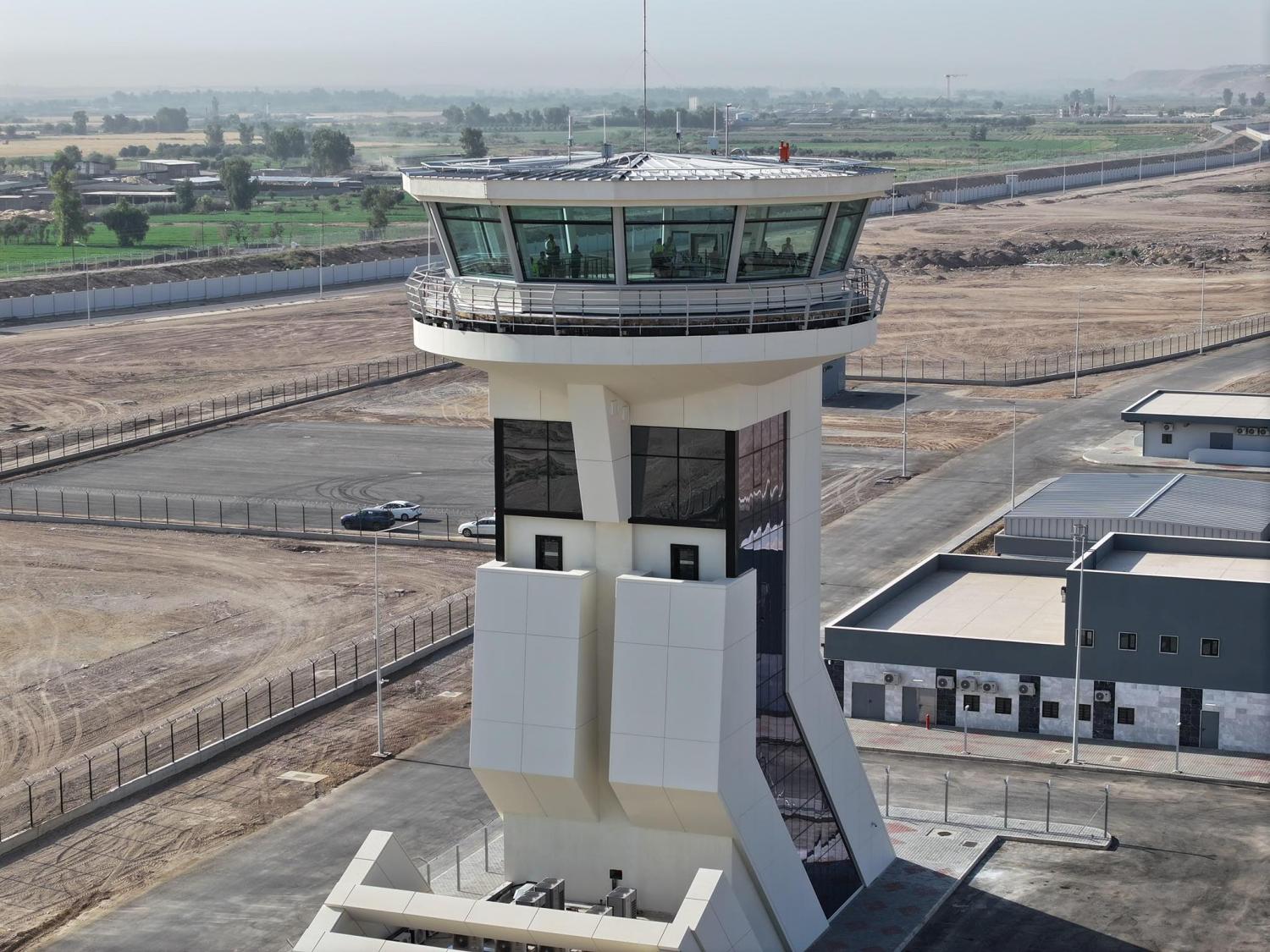
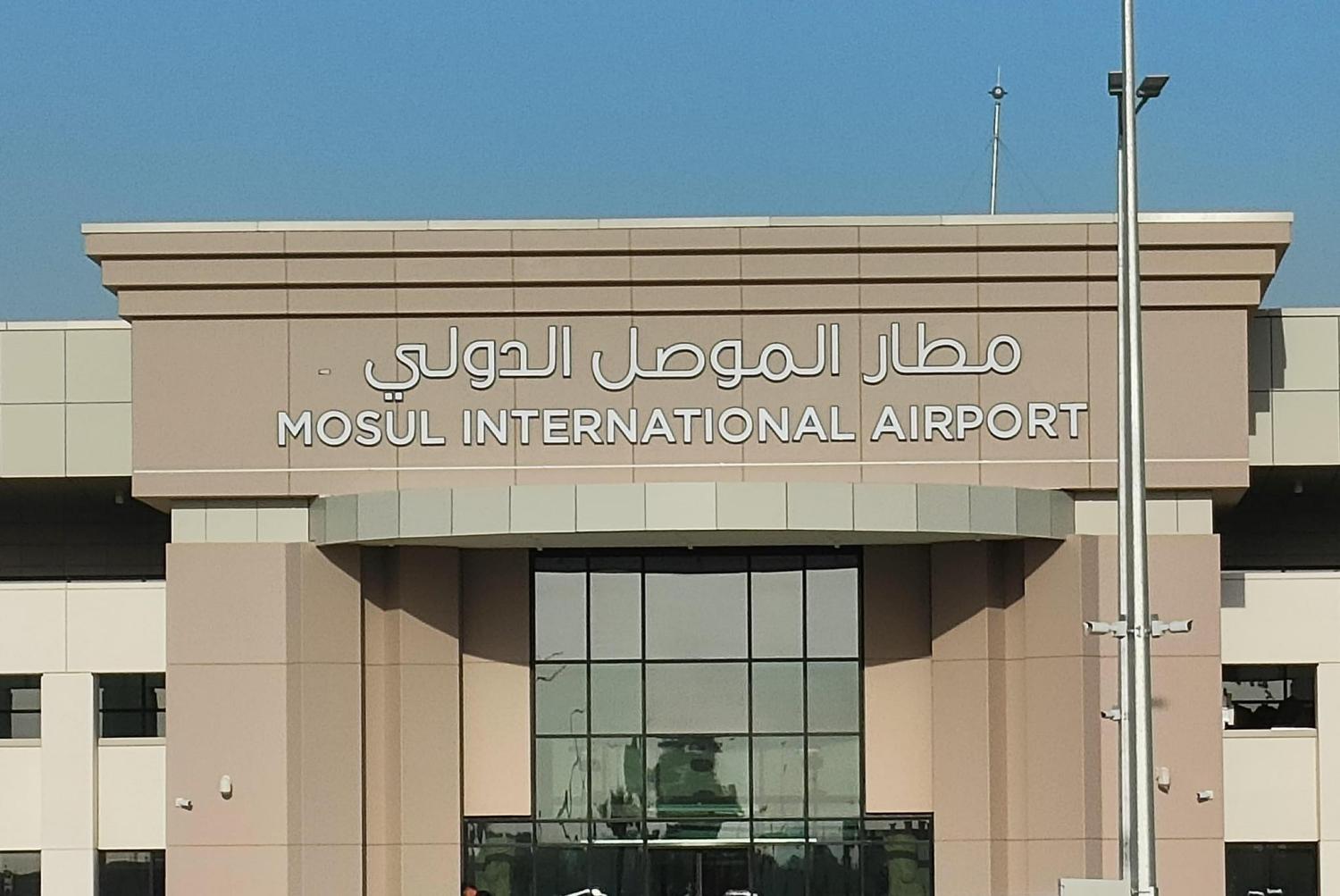
According to official sources, Mosul Airport will become fully operational in two months, once a specialized operator is selected. The reopening is part of a broader plan to integrate Mosul into the national and international air transport network.
The airport had been devastated during ISIS occupation, and its reconstruction included a new terminal for departures and arrivals, baggage conveyor systems, a VIP lounge, an advanced radar system, digital communications, and runway lighting.
The main runway was extended by 350 meters, now measuring 3,000 meters long and 45 meters wide, allowing operations by wide-body aircraft and cargo planes.
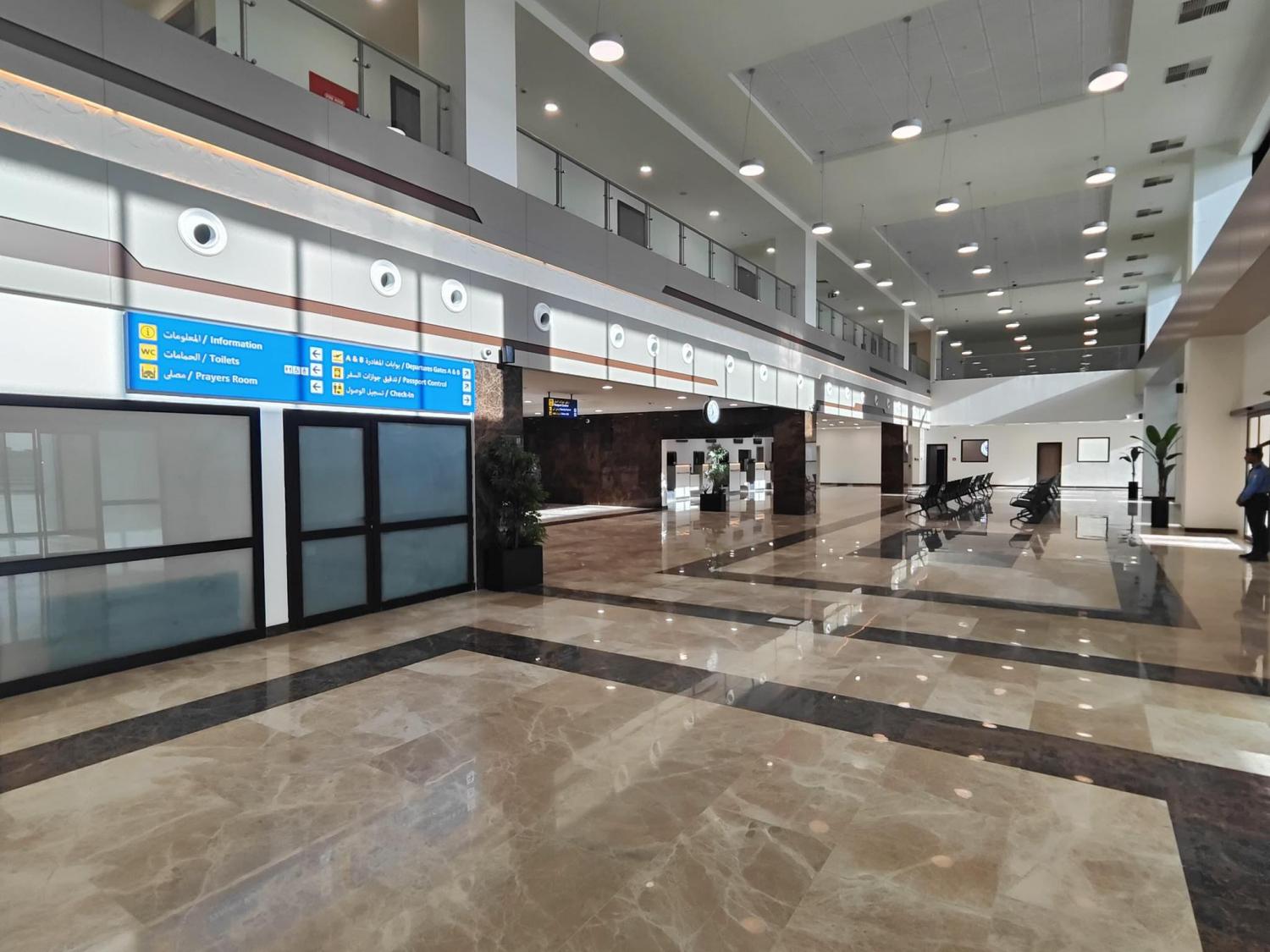
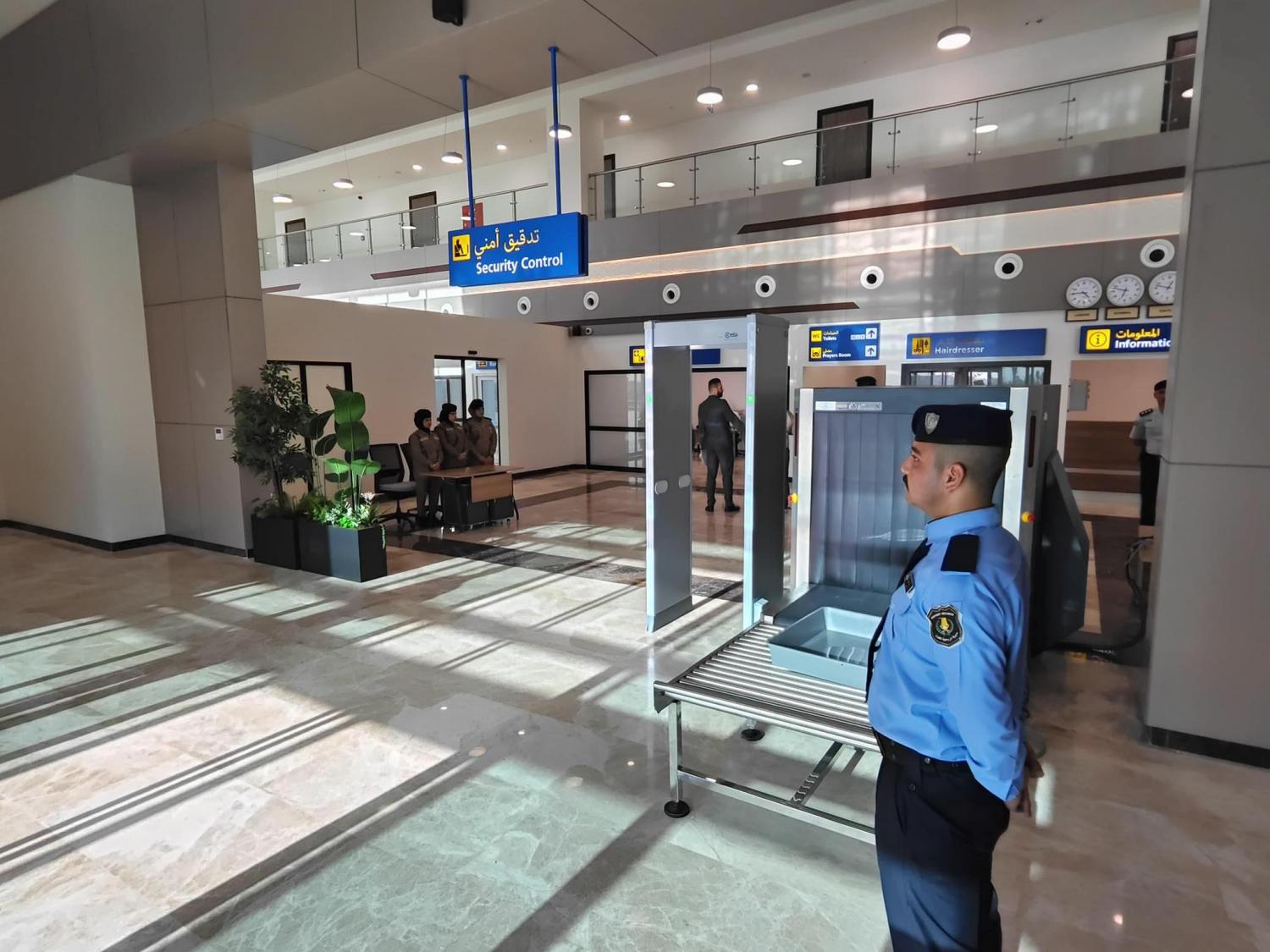
Official projections indicate an annual capacity of 630,000 passengers and 30,000 tons of air cargo, reinforcing the airport’s role as a regional hub.
Currently, seven airports in Iraq receive regular passenger flights, according to Cirium data obtained by Aviacionline: Baghdad (BGW), Basra (BSR), Erbil (EBL), Al Asad (IQA), Sulaymaniyah (ISU), Kirkuk (KIK), and Al Najaf (NJF). In July 2025, these airports handle an average of 1,600 weekly flights and offer 240,000 seats.
Iraqi Airways leads the market with 38% of seat capacity, followed by Qatar Airways (5.4%), Sepehran Airlines (5.2%), Turkish Airlines (5.1%), and Flydubai (5%). The rest of the market share is distributed among UR Airlines, MEA, Royal Jordanian, Pegasus, and Air Arabia.
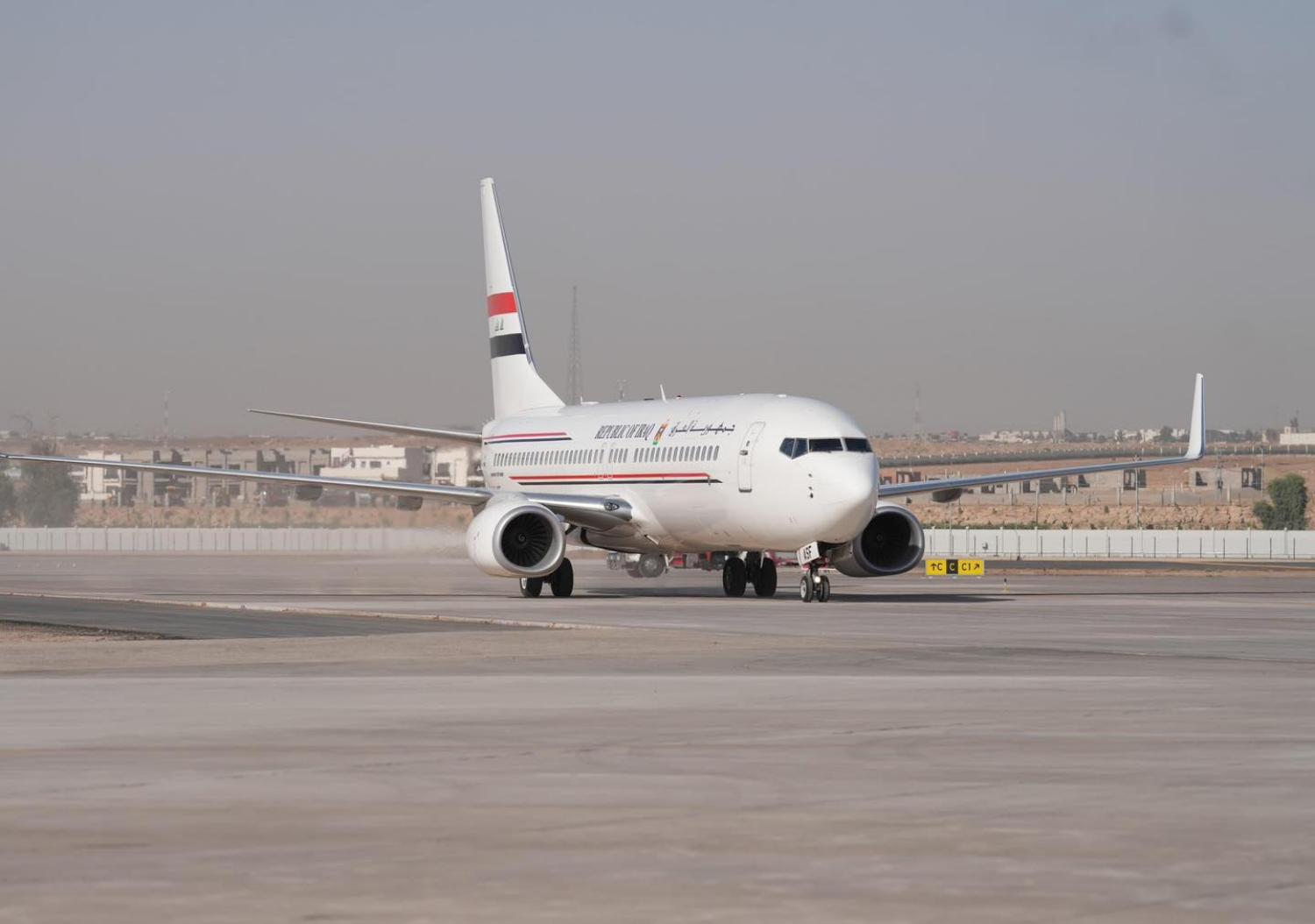
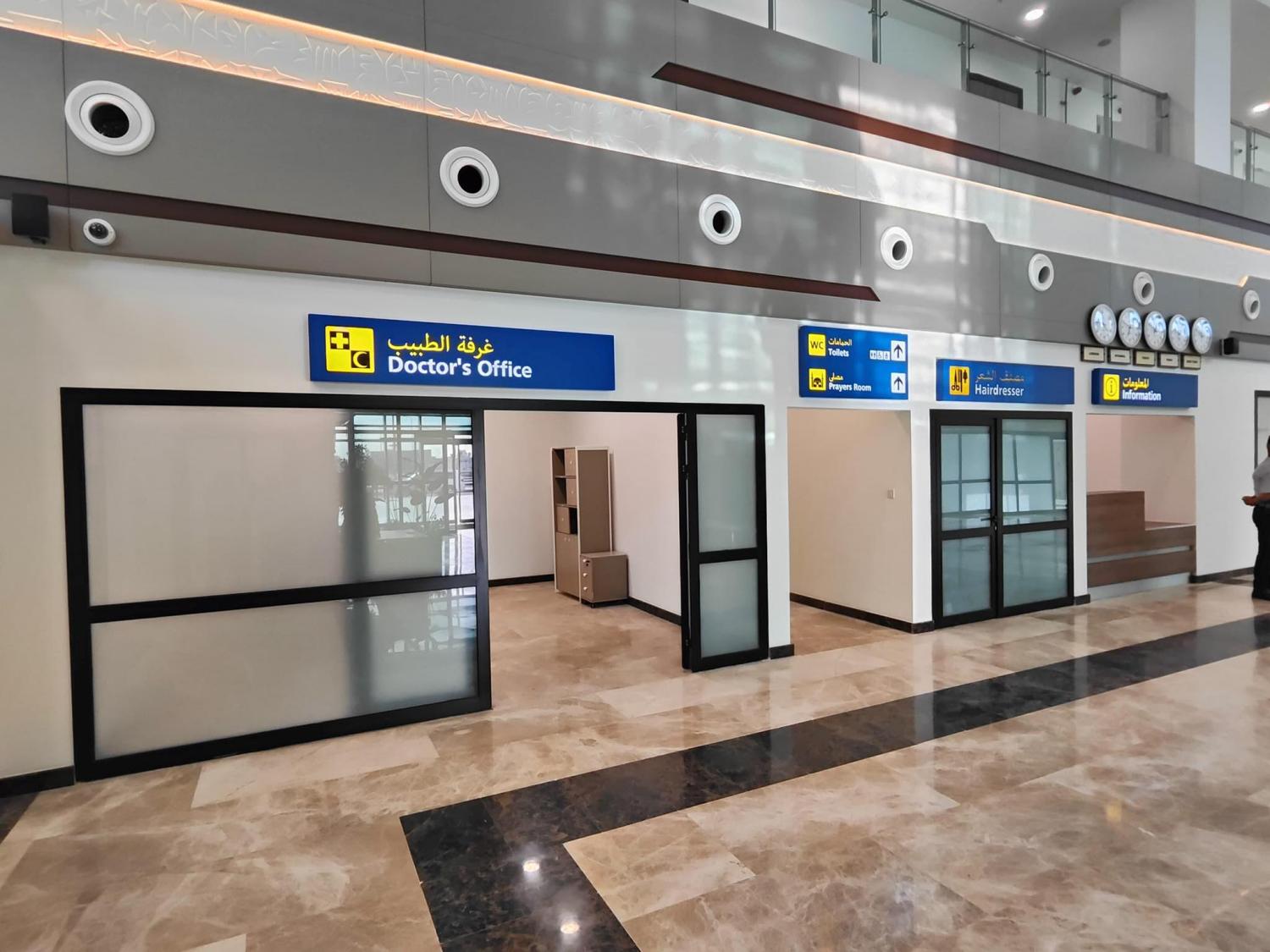

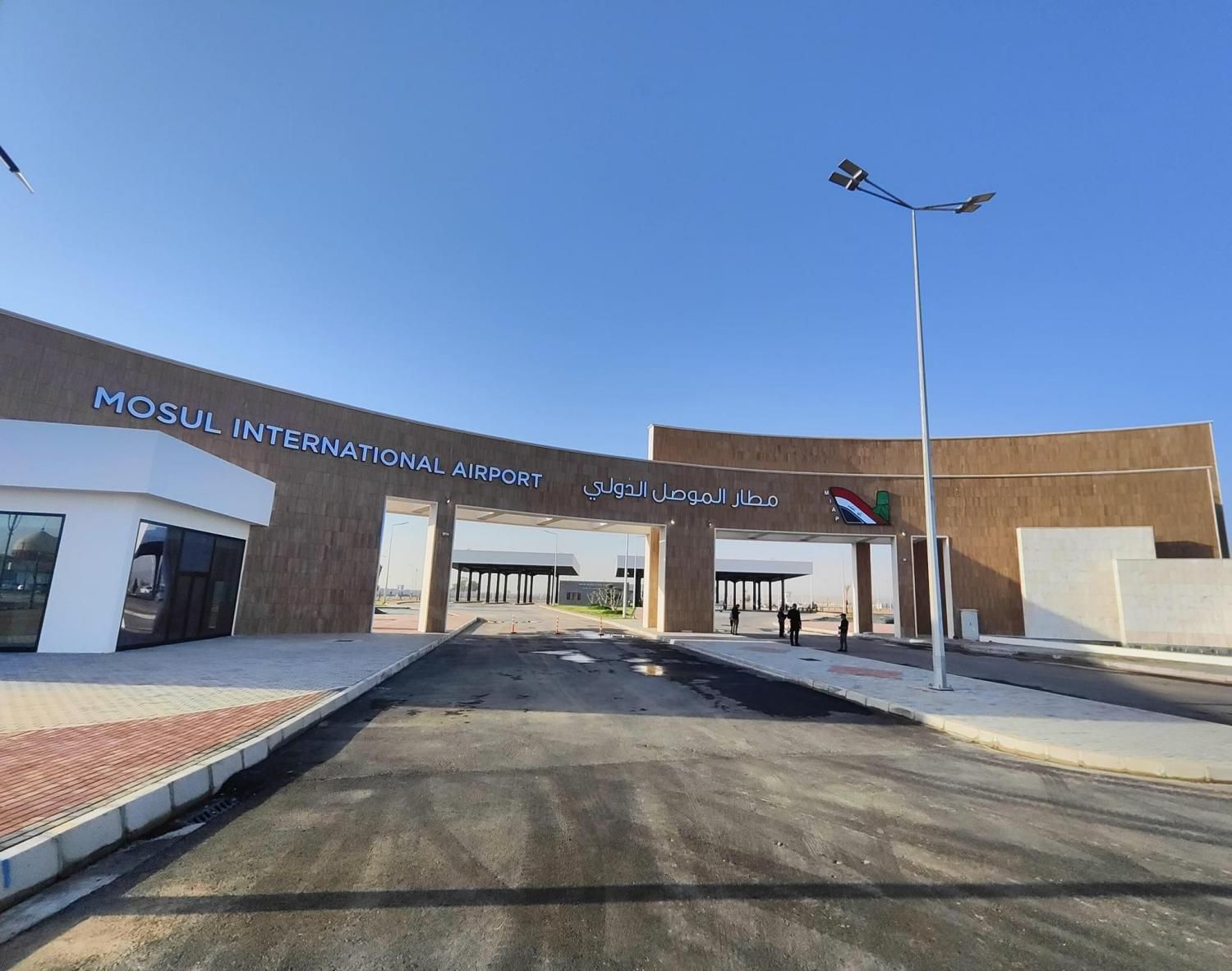
Para comentar, debés estar registradoPor favor, iniciá sesión